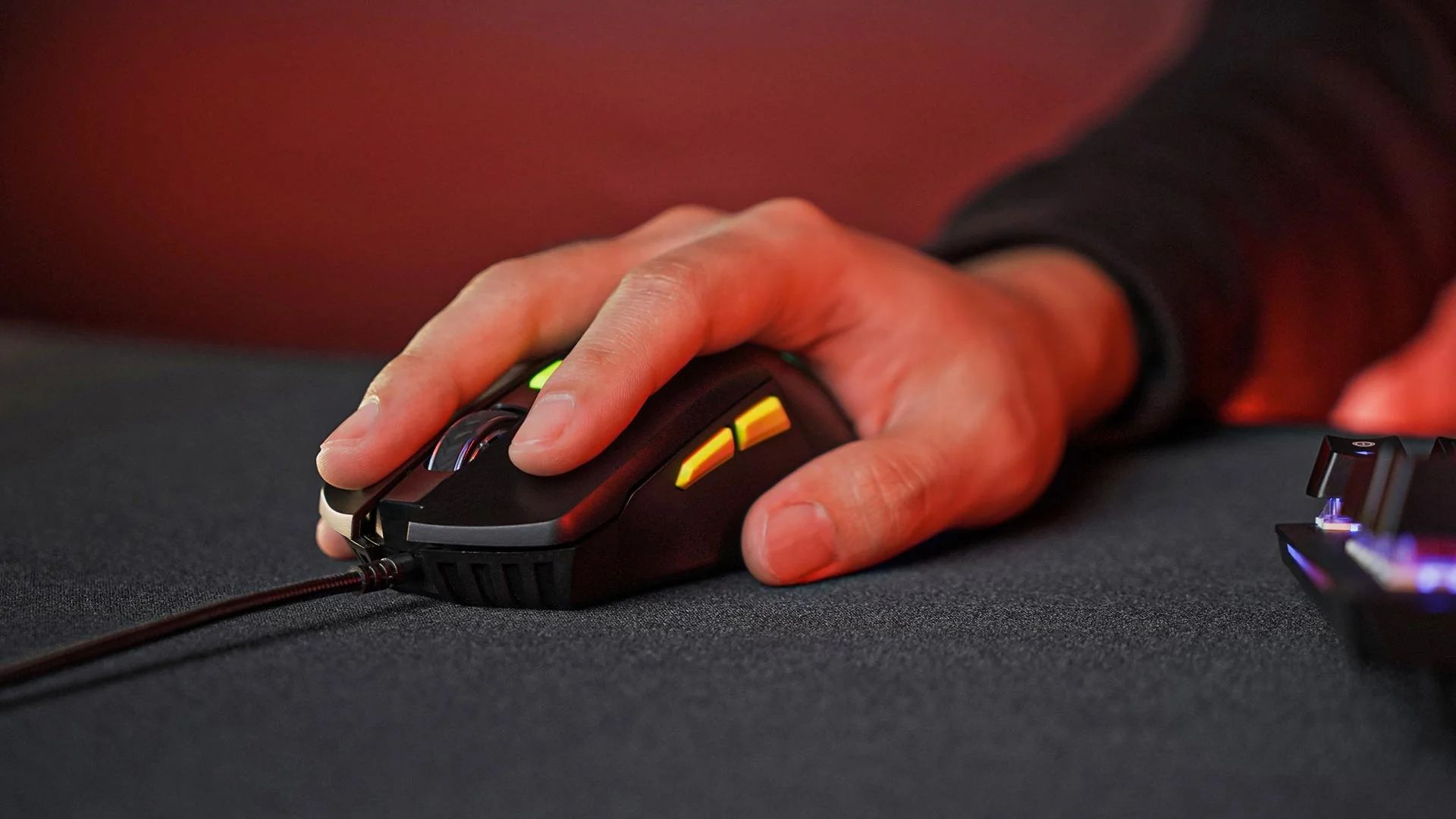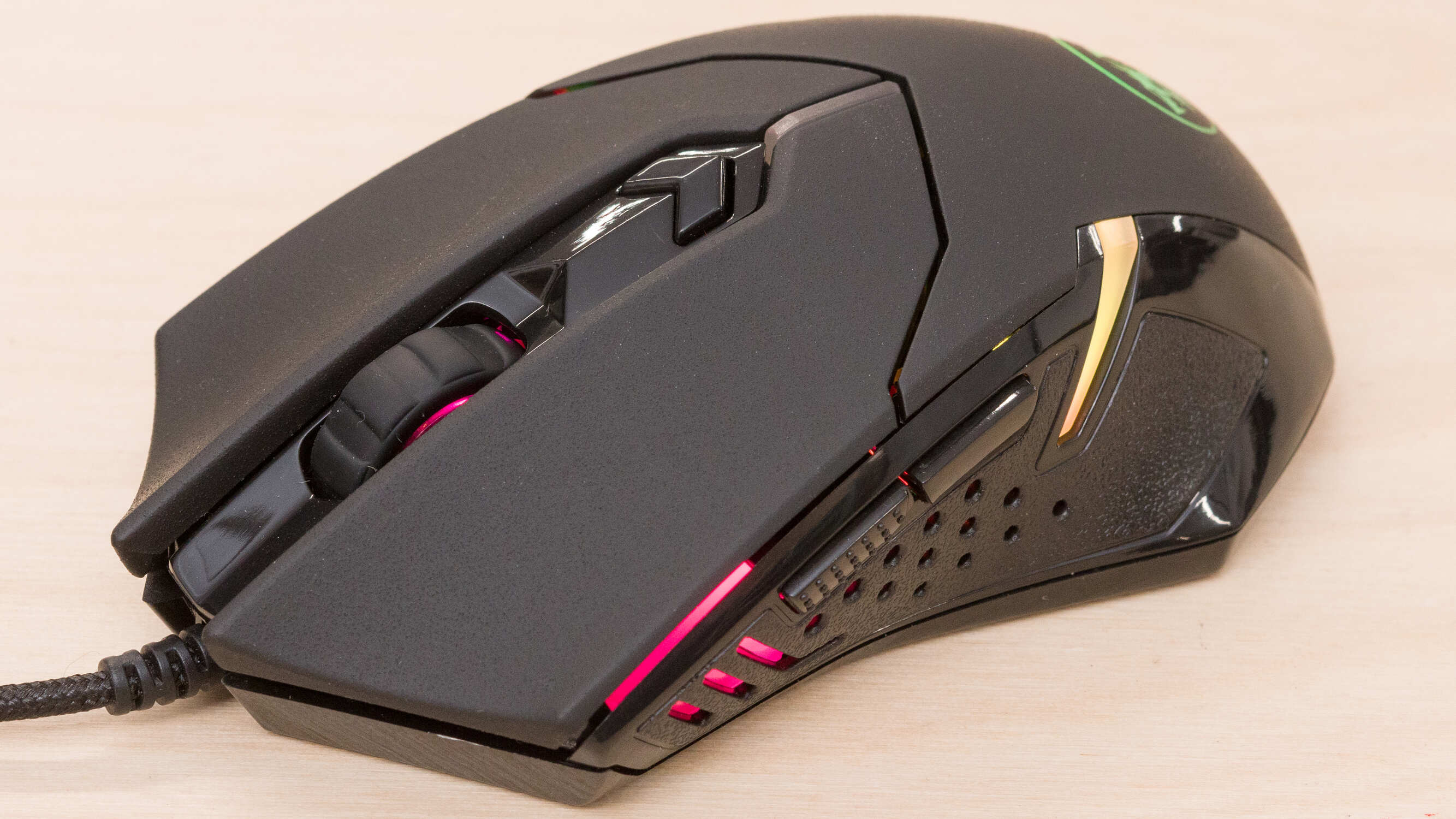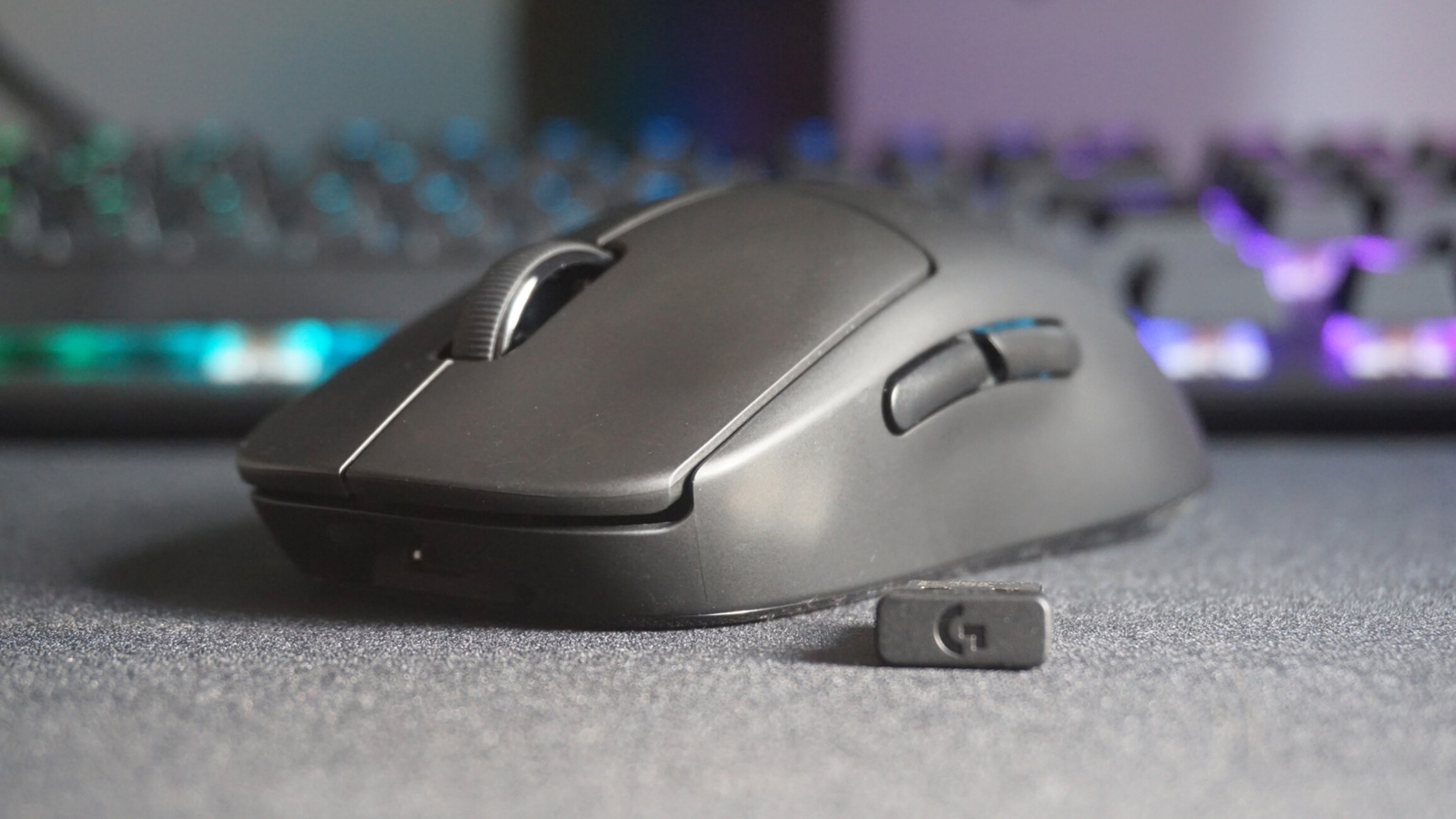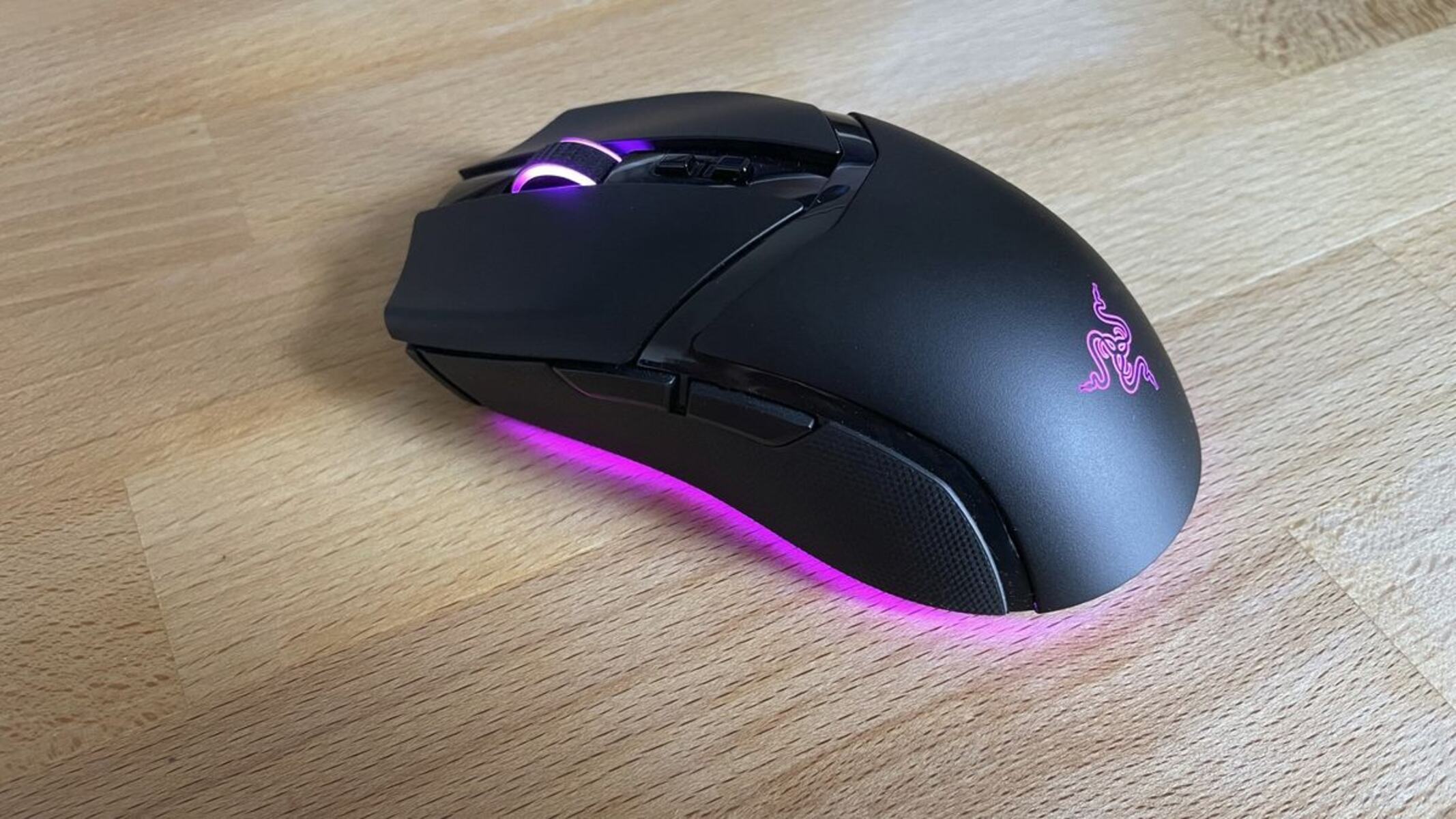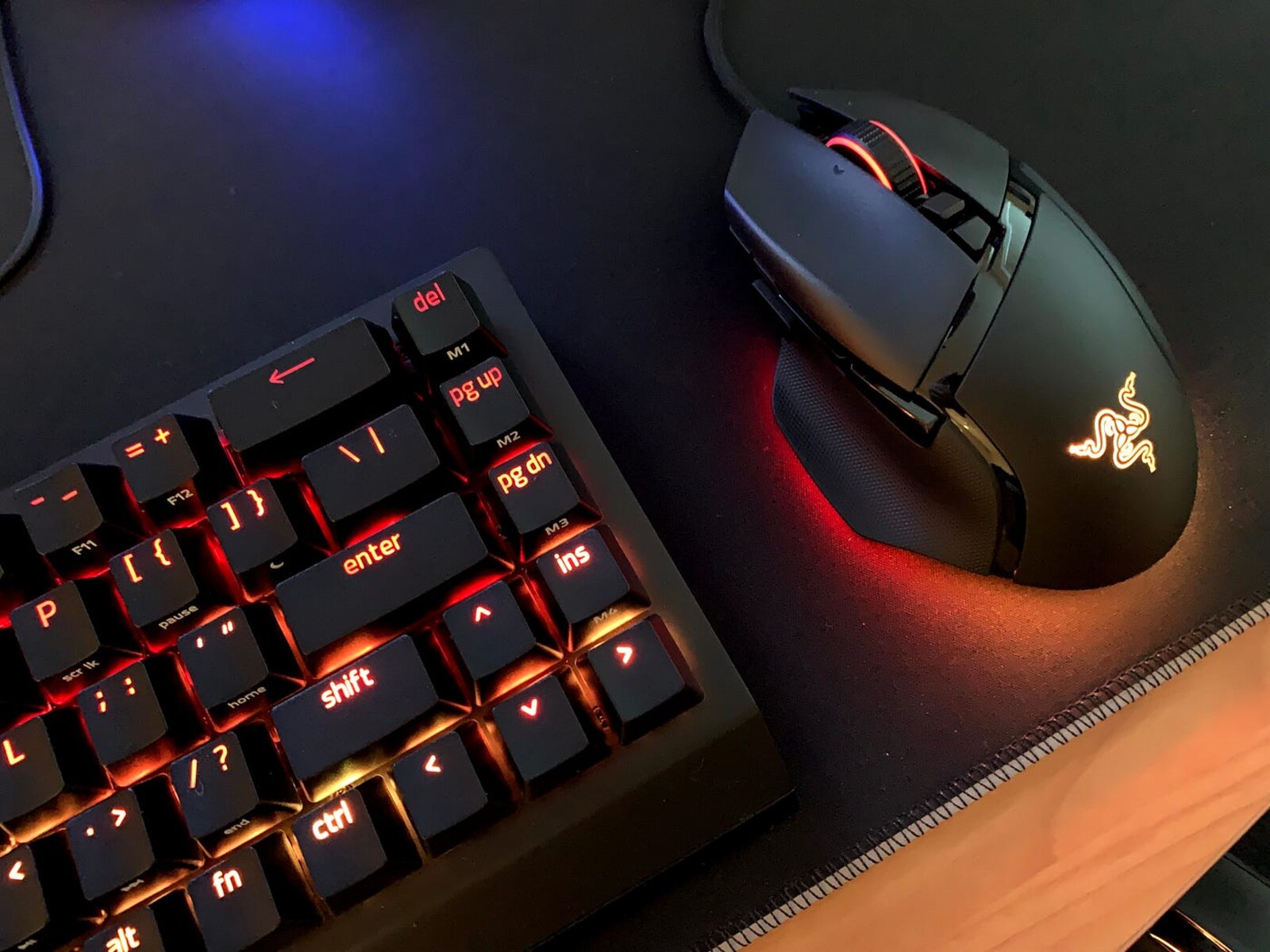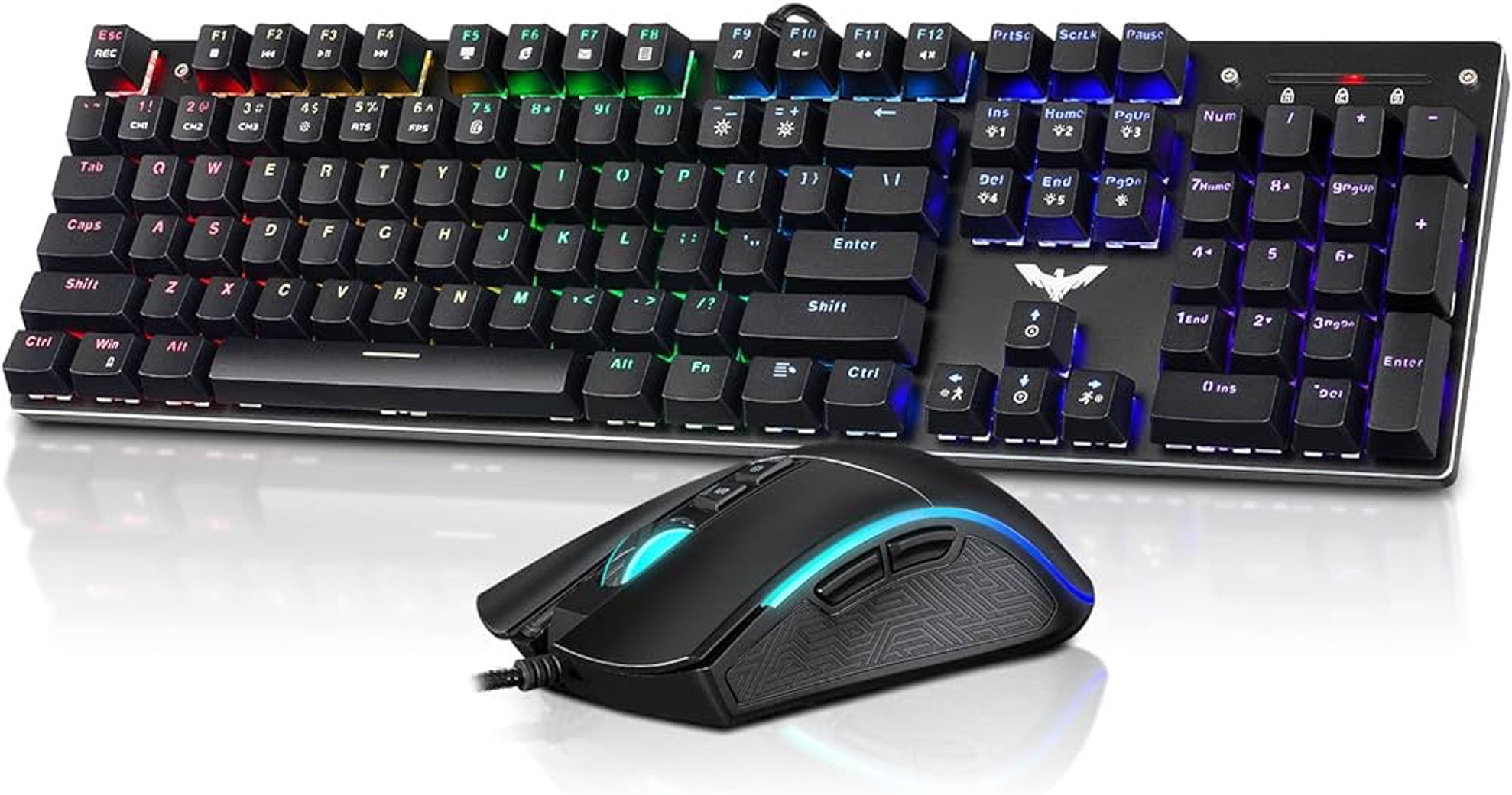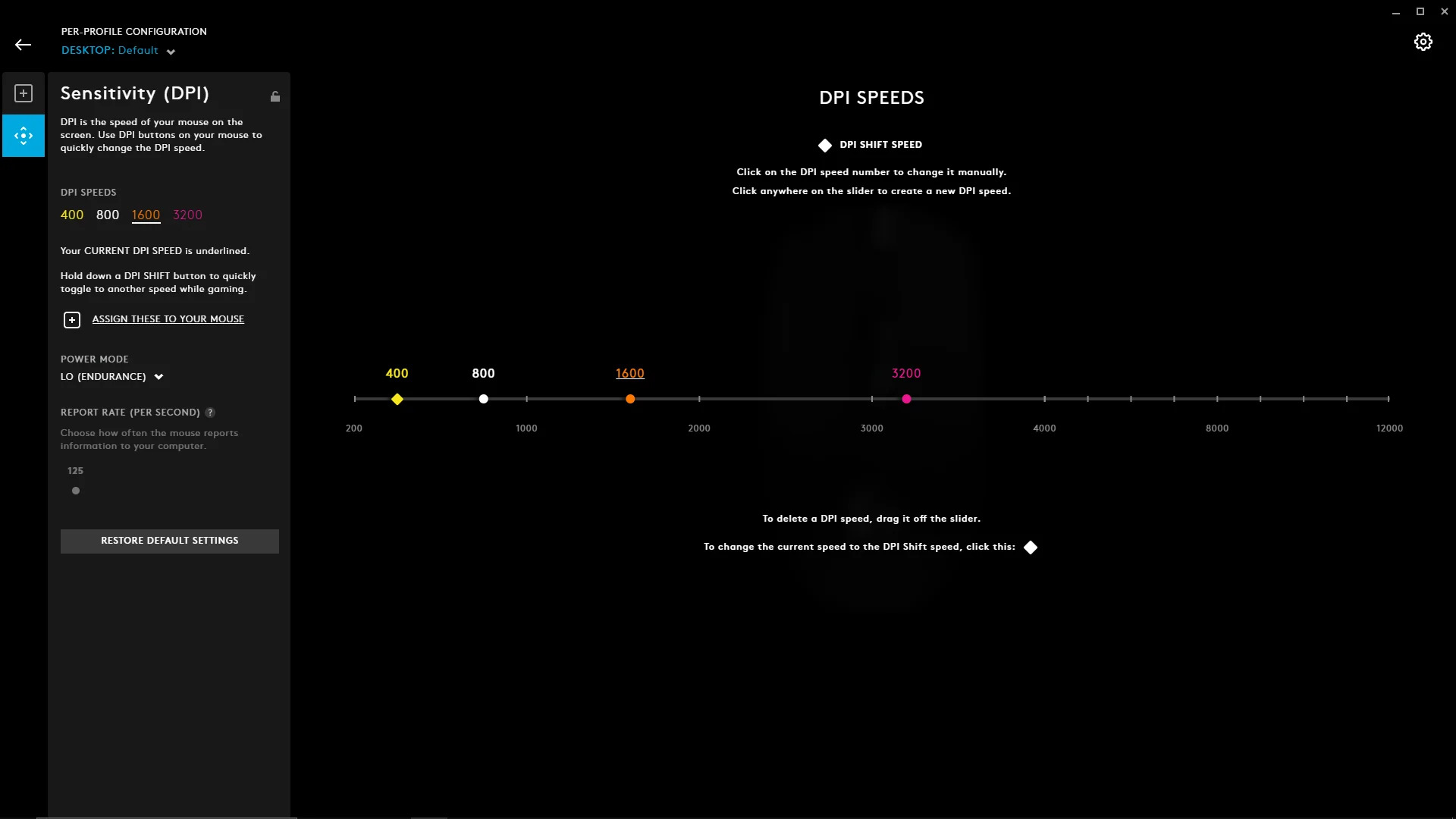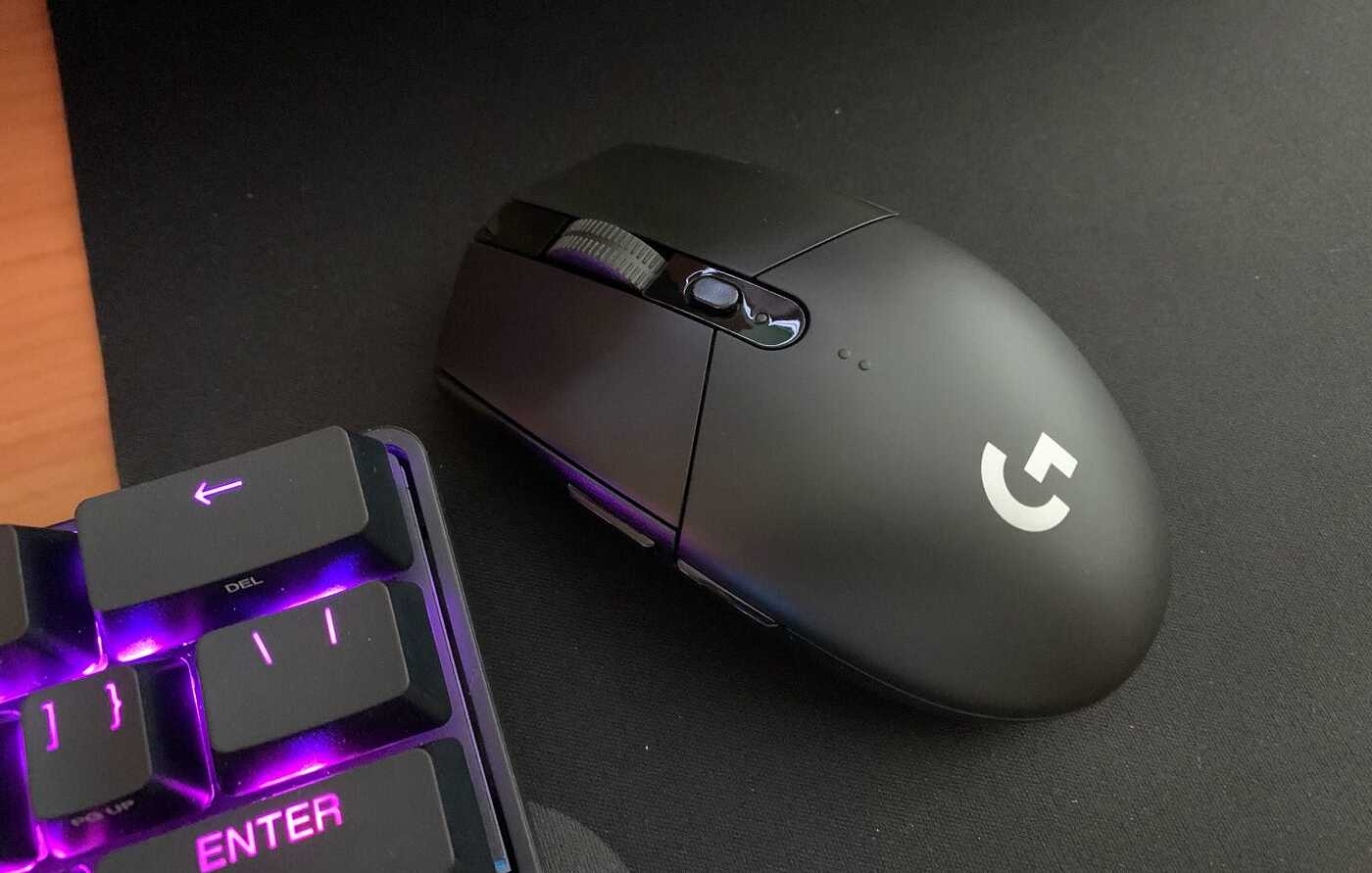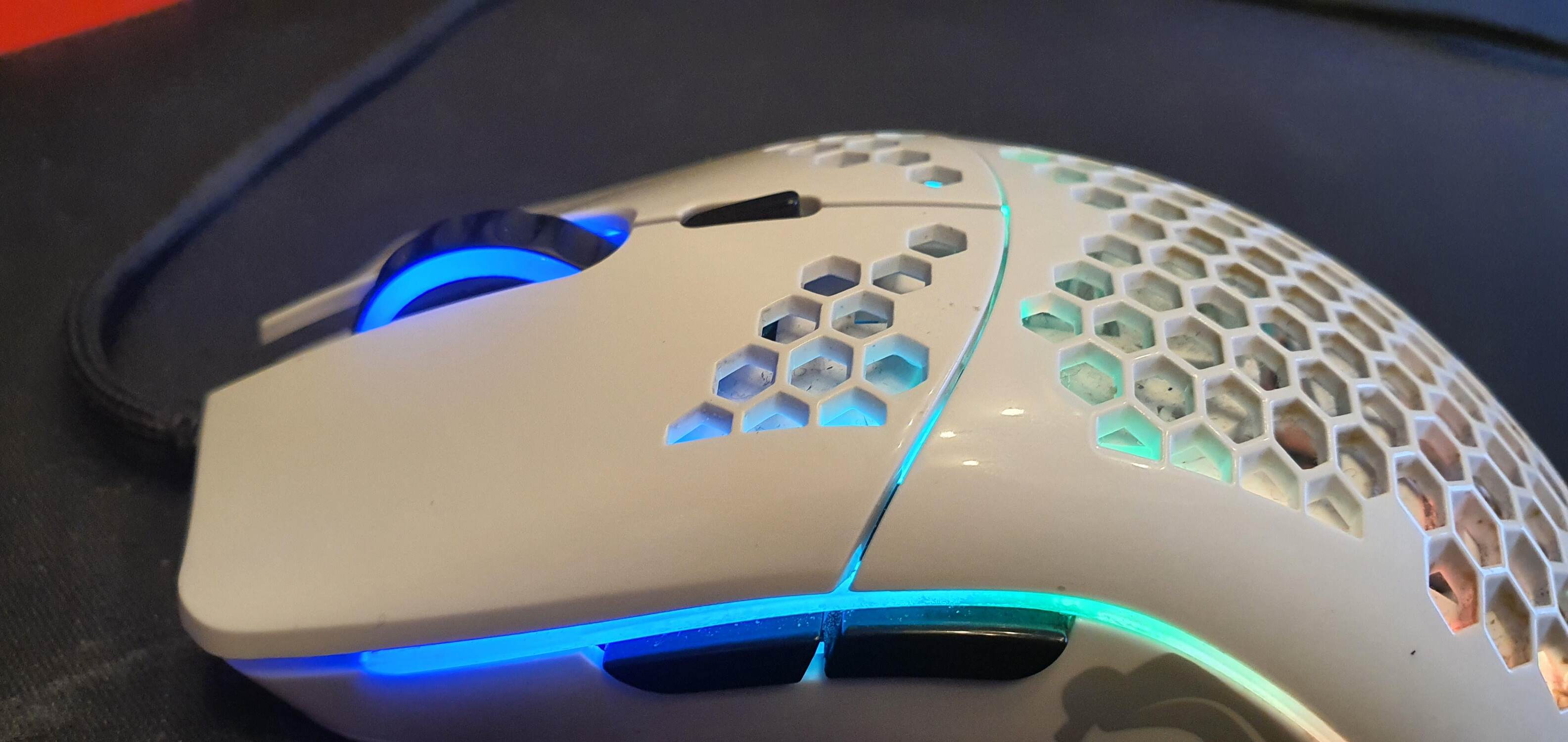Introduction
Welcome to the exciting world of gaming mice and the pivotal role that DPI plays in enhancing your gaming experience. As a gamer, you understand the significance of precision and speed in maneuvering through virtual realms, and DPI is a crucial factor in achieving this. In this article, we will delve into the intricacies of DPI (dots per inch) on a gaming mouse, exploring its definition, relevance in gaming, and its impact on overall performance.
DPI, often mentioned in gaming circles, is a term that holds great significance for gamers seeking optimal control and accuracy. Understanding DPI and its implications can empower you to make informed decisions when selecting a gaming mouse that best suits your play style and preferences.
So, what exactly is DPI, and how does it impact gaming performance? Let’s embark on a journey to unravel the mysteries of DPI and its profound influence on your gaming endeavors. Whether you’re a seasoned gamer or just beginning to explore the immersive world of gaming, this article will equip you with the knowledge to make the most of your gaming mouse and elevate your gaming prowess. Let’s dive in and uncover the secrets of DPI on a gaming mouse.
What is DPI?
DPI, or dots per inch, is a metric used to measure the sensitivity of a mouse. It refers to the number of individual dots, or pixels, that the mouse cursor moves on the screen in response to one inch of mouse movement. Essentially, a higher DPI setting allows the cursor to move a greater distance with less physical movement of the mouse, while a lower DPI setting moves the cursor a shorter distance with the same physical movement. This sensitivity adjustment enables users to customize the mouse’s responsiveness to suit their preferences and specific tasks, whether it’s navigating a desktop interface or engaging in intense gaming sessions.
When a mouse is set to a higher DPI, even the slightest movement of the mouse translates into a substantial on-screen cursor displacement, offering enhanced precision and swifter navigation. Conversely, a lower DPI setting requires more physical movement to achieve the same on-screen cursor movement, which may be preferable for tasks requiring fine control and accuracy.
It’s important to note that DPI is not the sole determinant of a mouse’s performance; rather, it is one of several factors that contribute to the overall user experience. Factors such as sensor quality, acceleration, and polling rate also play significant roles in a mouse’s responsiveness and accuracy.
Understanding DPI empowers users to tailor their mouse settings to align with their specific needs and preferences, whether for gaming, graphic design, or everyday computer use. By grasping the concept of DPI and its implications, users can harness the full potential of their mice and optimize their interaction with digital environments.
DPI in Gaming Mice
When it comes to gaming, the significance of DPI in a mouse cannot be overstated. In the realm of competitive gaming, where split-second decisions and precise movements can determine victory or defeat, having the right DPI setting is paramount. Gaming mice are specifically designed to offer a wide range of DPI options, often exceeding those of standard computer mice, to accommodate the diverse needs and preferences of gamers.
Gaming mice typically feature adjustable DPI settings, allowing users to fine-tune the sensitivity to their liking. This flexibility enables gamers to adapt their mouse’s responsiveness based on the game genre, play style, and personal comfort. Whether you prefer lightning-fast cursor movements in first-person shooters or pixel-perfect accuracy in strategy games, the ability to customize DPI empowers gamers to optimize their performance in various gaming scenarios.
Furthermore, gaming mice often integrate advanced sensors that can support extremely high DPI settings, providing ultra-responsive tracking and minimal cursor lag. This heightened sensitivity is particularly advantageous in fast-paced games that demand swift reflexes and precise aiming, giving gamers a competitive edge in intense gaming environments.
Moreover, many gaming mice boast dedicated DPI adjustment buttons, allowing users to swiftly switch between preset DPI profiles during gameplay. This feature is invaluable, as it enables gamers to seamlessly adapt to changing in-game situations without interrupting their flow or compromising their performance. Whether it’s toggling between sniper-like precision and rapid cursor movement, the ability to adjust DPI on the fly enhances a gamer’s agility and adaptability in dynamic gaming scenarios.
Overall, DPI in gaming mice serves as a pivotal tool for gamers seeking to optimize their performance and elevate their gaming experience. The customizable sensitivity and advanced tracking capabilities of gaming mice empower players to unleash their full potential across a spectrum of gaming genres, ensuring that every movement is executed with precision and finesse.
How DPI Affects Gaming Performance
The DPI setting on a gaming mouse exerts a profound impact on gaming performance, influencing the precision, speed, and overall responsiveness of cursor movements. In fast-paced gaming scenarios, such as first-person shooters and real-time strategy games, the significance of DPI becomes especially pronounced, as it directly affects a player’s ability to swiftly and accurately navigate the virtual environment.
Higher DPI settings empower gamers to execute rapid and precise movements with minimal physical effort, facilitating quick target acquisition, fluid camera control, and seamless cursor navigation. This heightened sensitivity enables players to react swiftly to in-game stimuli, such as enemy movements or environmental changes, enhancing their overall agility and responsiveness during gameplay.
Conversely, lower DPI settings are favored by gamers seeking enhanced control and accuracy, especially in scenarios that demand fine, nuanced movements. For instance, in precision-centric games like real-time strategy or graphic design applications, a lower DPI setting enables players to execute intricate, pixel-perfect actions with meticulous precision, ensuring that every movement is deliberate and controlled.
It’s important to note that the ideal DPI setting varies from player to player, contingent on factors such as gaming style, mouse grip, and individual preferences. Finding the optimal DPI for gaming involves striking a balance between swiftness and precision, aligning the mouse’s sensitivity with the player’s unique play style and comfort level.
Additionally, the impact of DPI on gaming performance extends beyond individual play styles, as it can also influence a player’s overall gaming experience. A well-calibrated DPI setting can contribute to reduced hand fatigue during extended gaming sessions, as it minimizes the physical strain associated with excessive mouse movement while maintaining precise control over on-screen actions.
In essence, the DPI setting on a gaming mouse is a pivotal factor that directly shapes a player’s gaming performance, responsiveness, and comfort. By understanding how DPI affects gaming, players can fine-tune their mouse settings to align with their specific gaming needs, optimizing their ability to maneuver through virtual worlds with finesse and precision.
Finding the Right DPI for You
Discovering the optimal DPI setting for your gaming mouse is a personalized journey that hinges on your unique play style, comfort, and gaming preferences. To embark on this quest, consider experimenting with different DPI settings to gauge their impact on your gaming performance and overall comfort. Keep in mind that the ideal DPI is not a one-size-fits-all concept; rather, it is a bespoke configuration that harmonizes with your individual gaming habits and physical dexterity.
Begin by assessing your gaming style and the genres you frequently engage with. If you favor fast-paced, action-packed games that demand swift reflexes and agile cursor movements, a higher DPI setting may be advantageous, enabling you to swiftly track targets and navigate the virtual battlefield with heightened responsiveness.
Conversely, if your gaming endeavors gravitate towards precision-oriented tasks, such as sniping in first-person shooters or executing intricate maneuvers in real-time strategy games, a lower DPI setting may afford you the control and accuracy needed to execute meticulous actions with finesse.
It’s essential to consider your physical comfort and ergonomic preferences when determining the right DPI for your gaming mouse. Experiment with various DPI settings to discern which sensitivity level feels most natural and conducive to prolonged gaming sessions. Striking a balance between swift, responsive cursor movements and ergonomic comfort is paramount in optimizing your gaming experience.
Furthermore, take into account your mouse grip style, as it can influence the ideal DPI setting for your gaming endeavors. Whether you employ a palm grip, claw grip, or fingertip grip, the DPI setting should complement your grip style, facilitating seamless cursor control and minimizing hand strain during extended gaming sessions.
As you navigate through different DPI settings, pay attention to how each sensitivity level impacts your gaming performance, comfort, and overall enjoyment. The goal is to identify the DPI setting that empowers you to execute precise, agile movements while maintaining ergonomic comfort and minimizing physical strain.
Ultimately, the quest to find the right DPI for you is a dynamic and iterative process that involves self-discovery, experimentation, and adaptation. By embracing this journey, you can unlock the full potential of your gaming mouse, harnessing its customizable DPI settings to elevate your gaming performance and immerse yourself in the captivating realms of digital adventure.
Conclusion
As we conclude our exploration of DPI on gaming mice, it becomes evident that DPI is not merely a technical specification but a pivotal element that profoundly influences a gamer’s performance, comfort, and overall gaming experience. The customizable nature of DPI settings empowers gamers to tailor their mouse sensitivity to align with their unique play styles, ergonomic preferences, and gaming genres, enabling them to unleash their full potential in virtual realms.
Throughout this journey, we’ve unveiled the multifaceted impact of DPI on gaming performance, from its role in facilitating swift, precise movements in fast-paced games to its influence on ergonomic comfort during extended gaming sessions. By understanding how DPI affects gaming, players can strategically calibrate their mouse settings to strike a harmonious balance between speed, precision, and physical comfort, thereby optimizing their ability to navigate virtual landscapes with finesse and agility.
Furthermore, the significance of DPI extends beyond its technical implications, transcending into the realm of personalized discovery and adaptation. The quest to find the right DPI setting is a dynamic, introspective journey that invites gamers to explore their gaming habits, physical comfort, and ergonomic preferences, ultimately empowering them to harness the full potential of their gaming mice.
As gaming technology continues to evolve, the role of DPI in gaming mice remains a cornerstone of innovation and customization, offering players an array of sensitivity options to enhance their gaming performance and comfort. By embracing the nuances of DPI and its impact on gaming, players can embark on a quest of self-discovery, experimentation, and adaptation, culminating in a personalized gaming experience that transcends technical specifications to embody the essence of individuality and empowerment.
In essence, DPI on a gaming mouse is not merely a numerical value but a gateway to a world of personalized precision, agility, and comfort, where every movement is a testament to the player’s unique gaming journey. As gamers continue to navigate the ever-expanding horizons of virtual adventure, the significance of DPI in gaming mice stands as a testament to the power of customization and individuality in shaping the gaming landscape.







